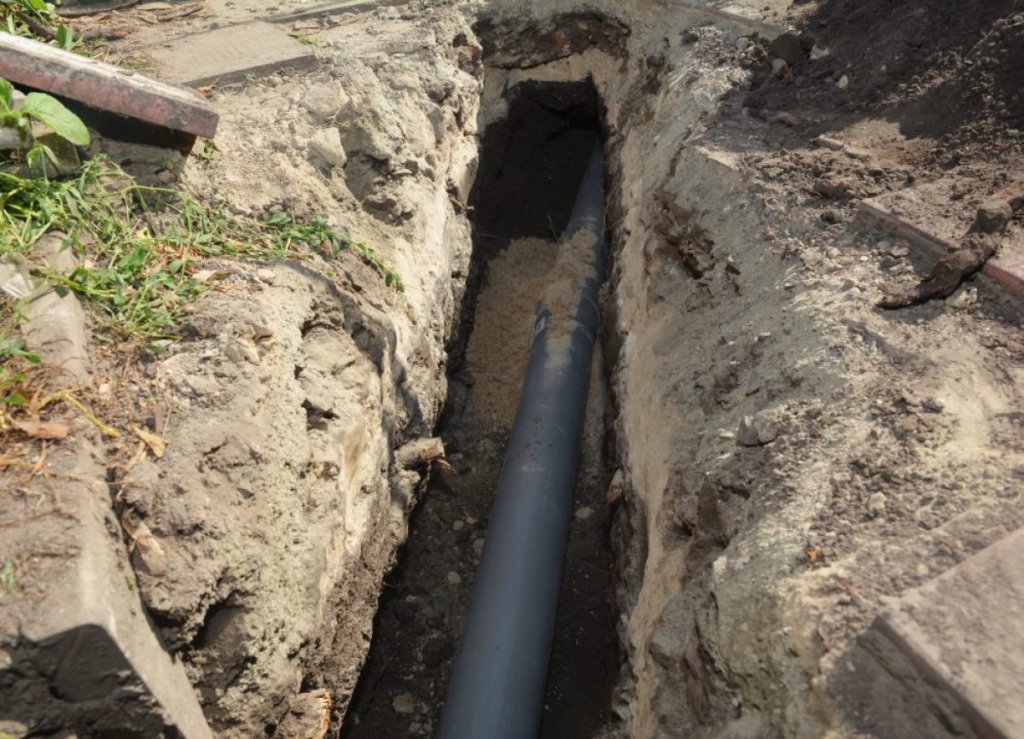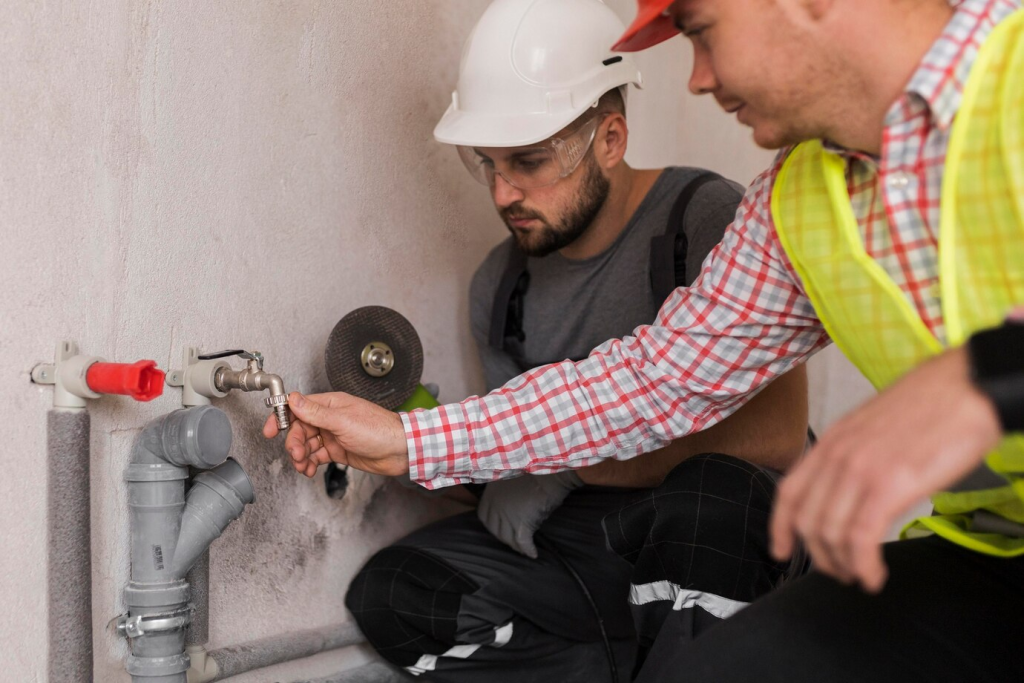Sewer line repairs can be a significant expense for homeowners, often catching them off guard with unexpected costs. However, with the right knowledge and approach, it’s possible to save money on sewer line repairs without compromising on quality or effectiveness. In this comprehensive guide, we’ll explore various tips and insights for cost-effective solutions to sewer line issues, helping homeowners navigate the process with confidence and financial savvy.
Understanding Common Sewer Line Issues
 Before delving into cost-saving strategies, it’s essential to understand the common sewer line issues that homeowners may encounter. By identifying the root cause of the problem, homeowners can make informed decisions about the most appropriate and cost-effective solutions.
Before delving into cost-saving strategies, it’s essential to understand the common sewer line issues that homeowners may encounter. By identifying the root cause of the problem, homeowners can make informed decisions about the most appropriate and cost-effective solutions.
Blockages and Clogs
Blockages and clogs are among the most prevalent sewer line issues, often caused by the accumulation of debris, grease, hair, and other substances. These blockages can lead to slow drains, backups, and foul odors, disrupting the functionality of the sewer system.
DIY Solutions
Homeowners can attempt to clear minor blockages themselves using DIY methods such as plunging, snaking, or using enzymatic drain cleaners. These cost-effective solutions can often resolve minor issues without the need for professional intervention, saving homeowners both time and money.
Tree Root Intrusions
Tree roots seeking moisture and nutrients can infiltrate sewer lines through small cracks or joints, causing significant damage over time. Tree root intrusions may result in blockages, leaks, and even structural issues within the sewer line.
Regular Maintenance
Regular inspections and tree root removal can prevent root intrusions from causing costly damage to sewer lines. Homeowners should schedule annual inspections and proactively remove tree roots to mitigate the risk of root-related issues.
Corrosion and Deterioration
Over time, sewer lines may deteriorate due to corrosion, age, and wear and tear. This deterioration can lead to leaks, cracks, and collapses, compromising the integrity of the sewer system and necessitating repairs or replacement.
Cost-Saving Tips for Sewer Line Repairs
With a grasp of common sewer line issues, homeowners can enact cost-saving strategies to effectively tackle these problems. Here are some invaluable tips and insights for economizing on sewer line repairs. For more detailed information, explore our comprehensive sewer line repair cost guide.

1. Regular Maintenance
Prevention is key when it comes to saving money on sewer line repairs. Implementing a regular maintenance schedule can help homeowners identify and address potential issues before they escalate into costly repairs. Routine tasks such as sewer line inspections, drain cleaning, and tree root removal can prolong the lifespan of the sewer system and prevent major problems.
DIY Drain Cleaning
Regularly cleaning drains with DIY methods such as baking soda and vinegar or hot water can prevent the buildup of debris and grease, reducing the likelihood of blockages and clogs.
2. DIY Solutions
For minor blockages and clogs, homeowners can attempt to clear the sewer line themselves using DIY methods such as plunging, snaking, or using enzymatic drain cleaners. These cost-effective solutions can often resolve minor issues without the need for professional intervention, saving homeowners both time and money.
Enzymatic Drain Cleaners
Enzymatic drain cleaners are an eco-friendly and affordable option for breaking down organic matter in sewer lines. Regular use can help prevent blockages and maintain the flow of wastewater.
3. Professional Inspection
In cases where sewer line issues persist or are more severe, seeking professional inspection and diagnosis is crucial. While hiring a professional plumber may involve an initial cost, their expertise, and specialized equipment can accurately identify the root cause of the problem and prevent unnecessary repairs or replacements. Additionally, some plumbing companies offer free or discounted inspections, providing homeowners with valuable insights at no additional cost.
4. Consider Trenchless Repair Techniques
Traditional sewer line repair methods often involve extensive excavation and disruption to the property, leading to higher costs and longer project timelines. Trenchless repair techniques, such as pipe lining and pipe bursting, offer a more cost-effective and minimally invasive alternative. These methods require less digging, reducing labor and material costs while preserving the integrity of the landscape and property.
Pipe Relining
Pipe relining involves inserting a flexible liner coated with epoxy resin into the existing sewer line, creating a new, seamless pipe within the old one. This method eliminates the need for excavation and can be completed in a fraction of the time required for traditional repairs.
5. Explore Financing Options
Sewer line repairs can be a significant financial burden for homeowners, especially if they occur unexpectedly. Exploring financing options, such as personal loans, home equity loans, or financing plans offered by plumbing companies, can help homeowners spread out the cost of repairs over time and alleviate immediate financial strain.
6. Seek Multiple Quotes
When obtaining estimates for sewer line repairs, it’s essential to seek multiple quotes from reputable plumbing companies. Comparing quotes allows homeowners to evaluate their options, negotiate pricing, and ensure they’re getting the best value for their money. However, it’s essential to consider factors such as the company’s reputation, experience, and warranty offerings in addition to cost.
Itemized Quotes
Requesting itemized quotes from plumbing companies can help homeowners understand the breakdown of costs for labor, materials, and any additional services or fees. This transparency allows for better comparison and ensures that homeowners are not overcharged for unnecessary expenses.
7. Invest in Preventive Measures
In addition to addressing existing sewer line issues, investing in preventive measures can help homeowners avoid costly repairs in the future. Installing drain screens, avoiding flushing non-biodegradable items, and planting trees away from sewer lines can reduce the risk of blockages, root intrusions, and other common problems, ultimately saving homeowners money in the long run.
Conclusion
Sewer line repairs are an inevitable part of homeownership, but they don’t have to break the bank. By understanding common sewer line issues and implementing cost-saving strategies, homeowners can effectively manage sewer line repairs while minimizing expenses. From regular maintenance and DIY solutions to professional inspections and trenchless repair techniques, there are various options available to help homeowners save money and maintain a healthy sewer system. By taking a proactive approach and investing in preventive measures, homeowners can protect their property and finances from the costly consequences of sewer line issues.

